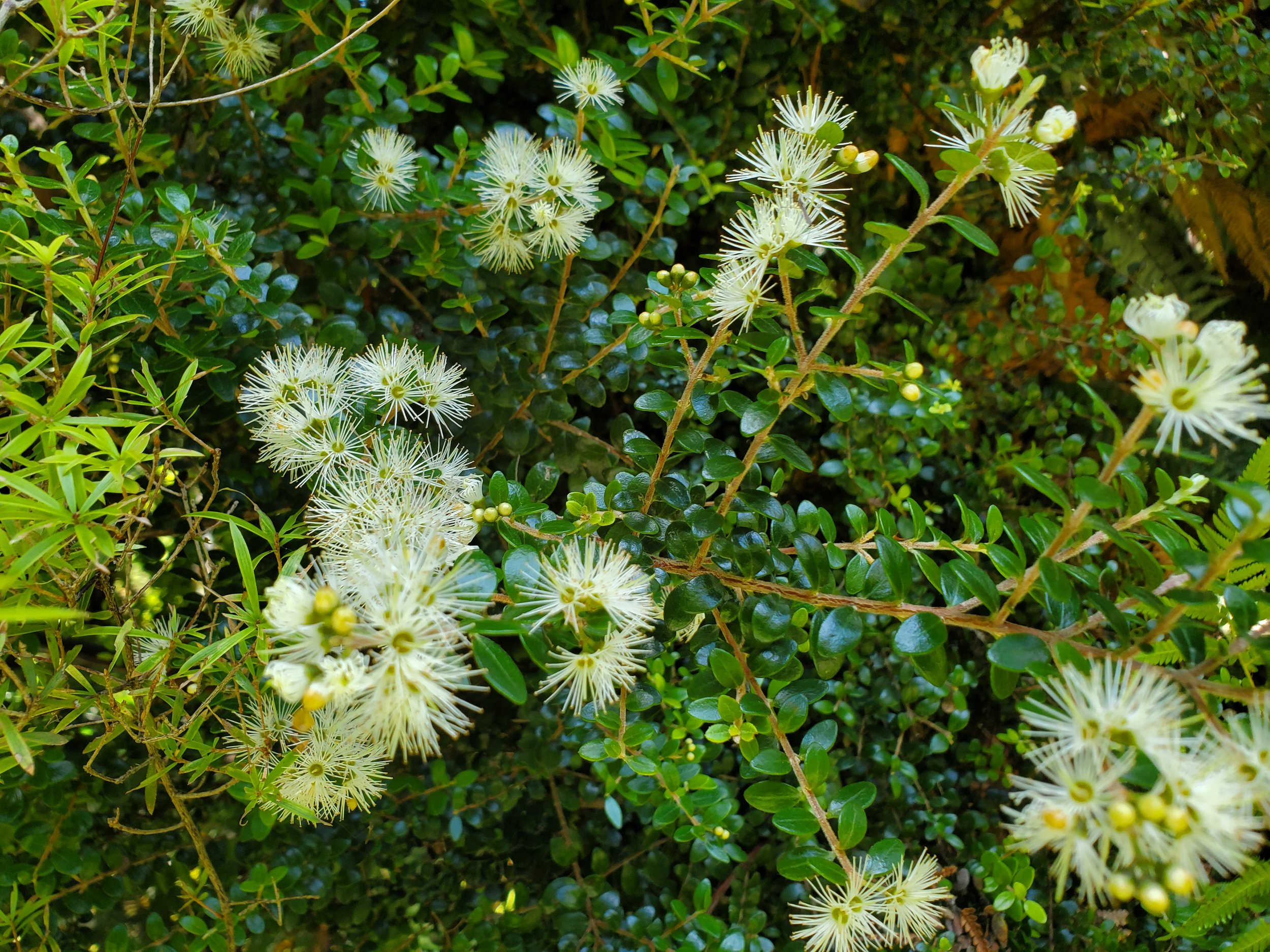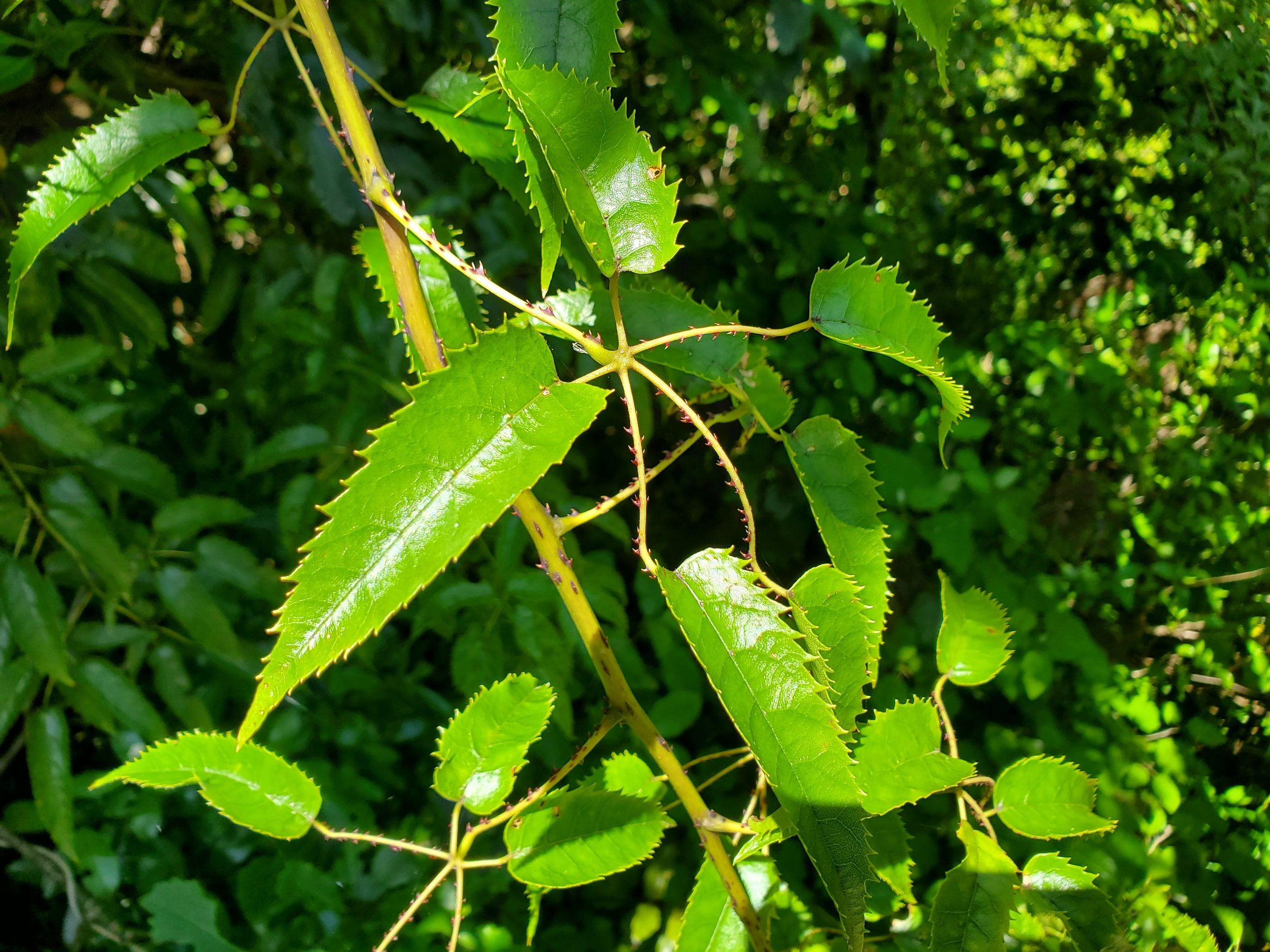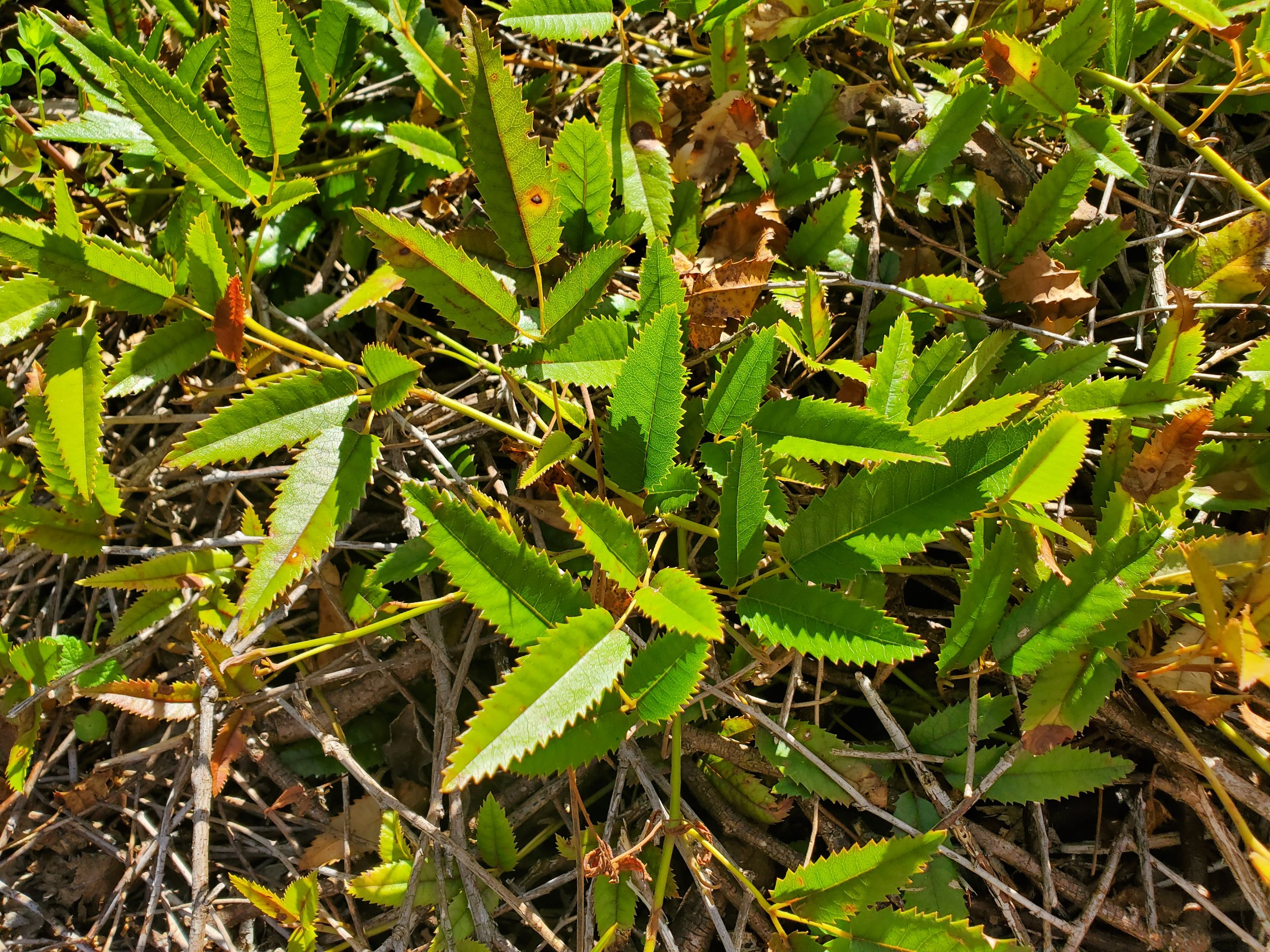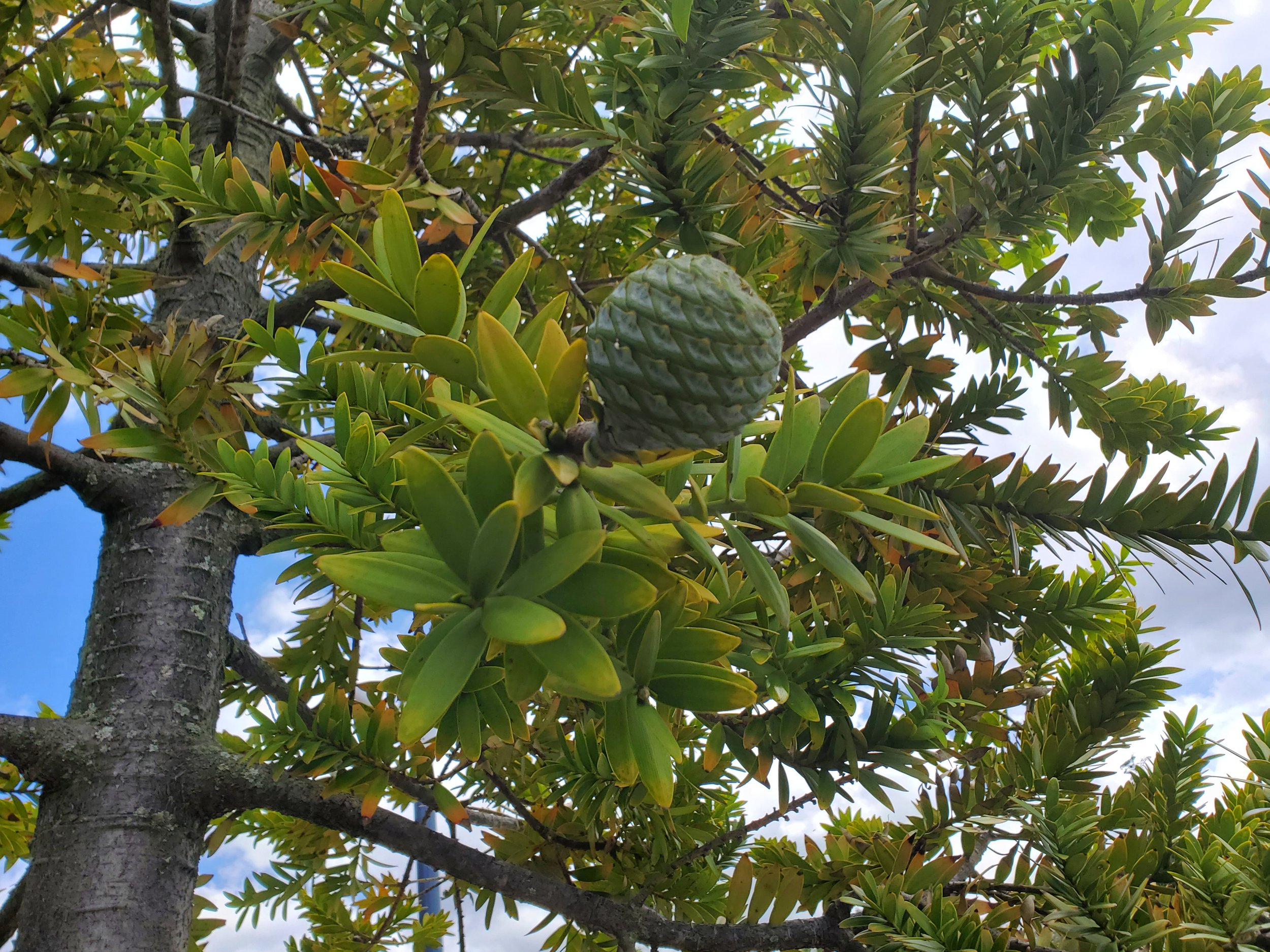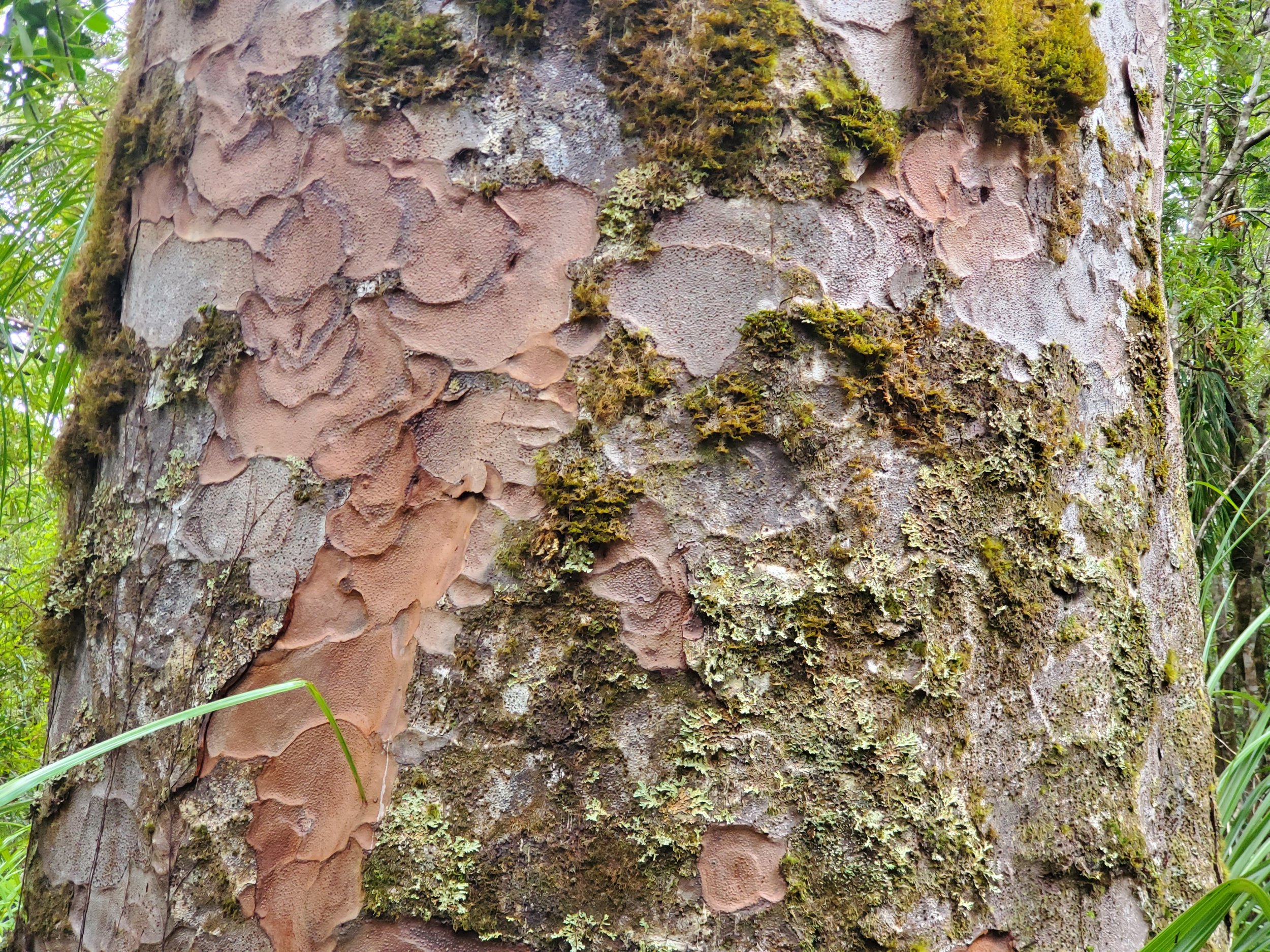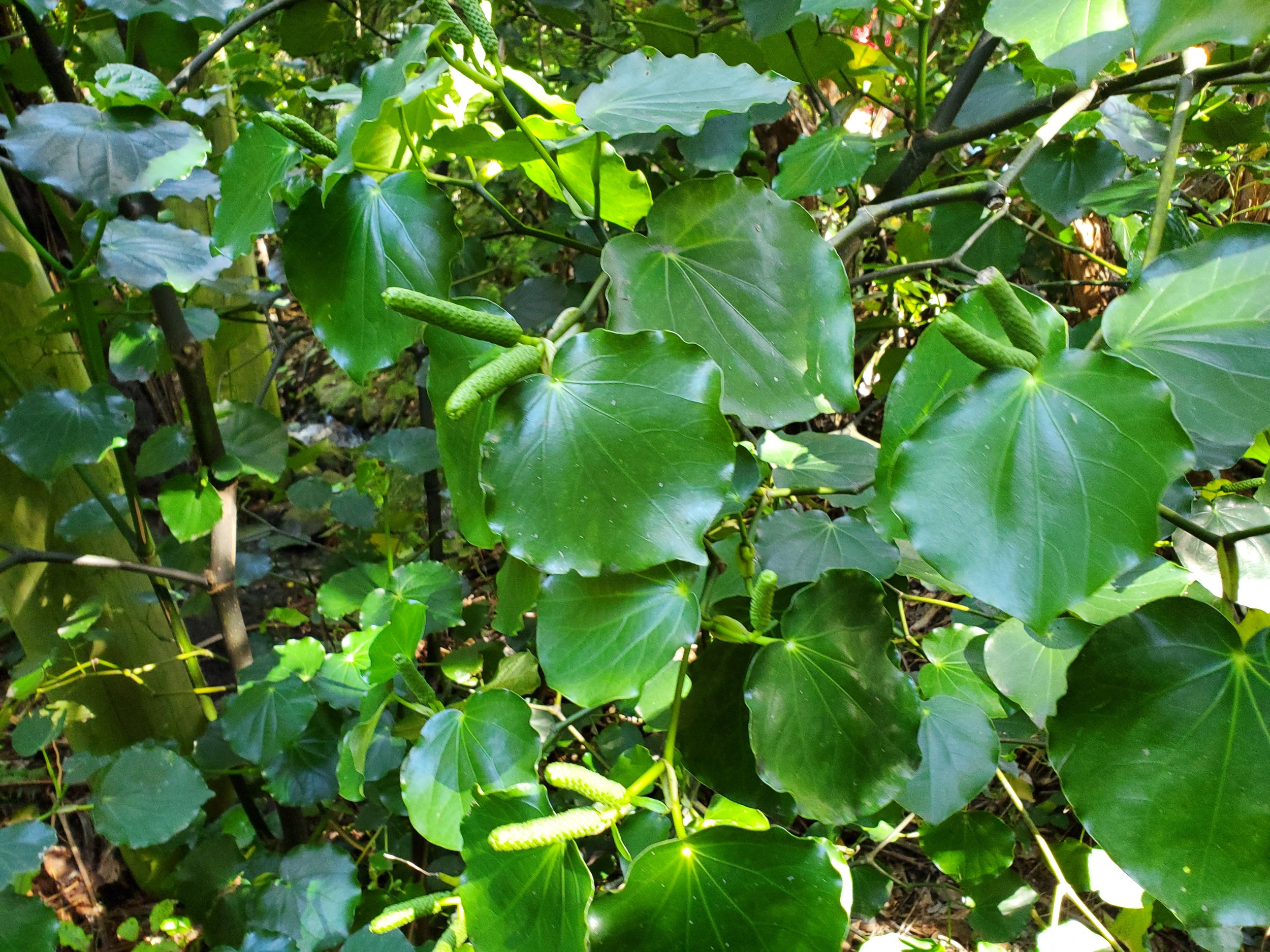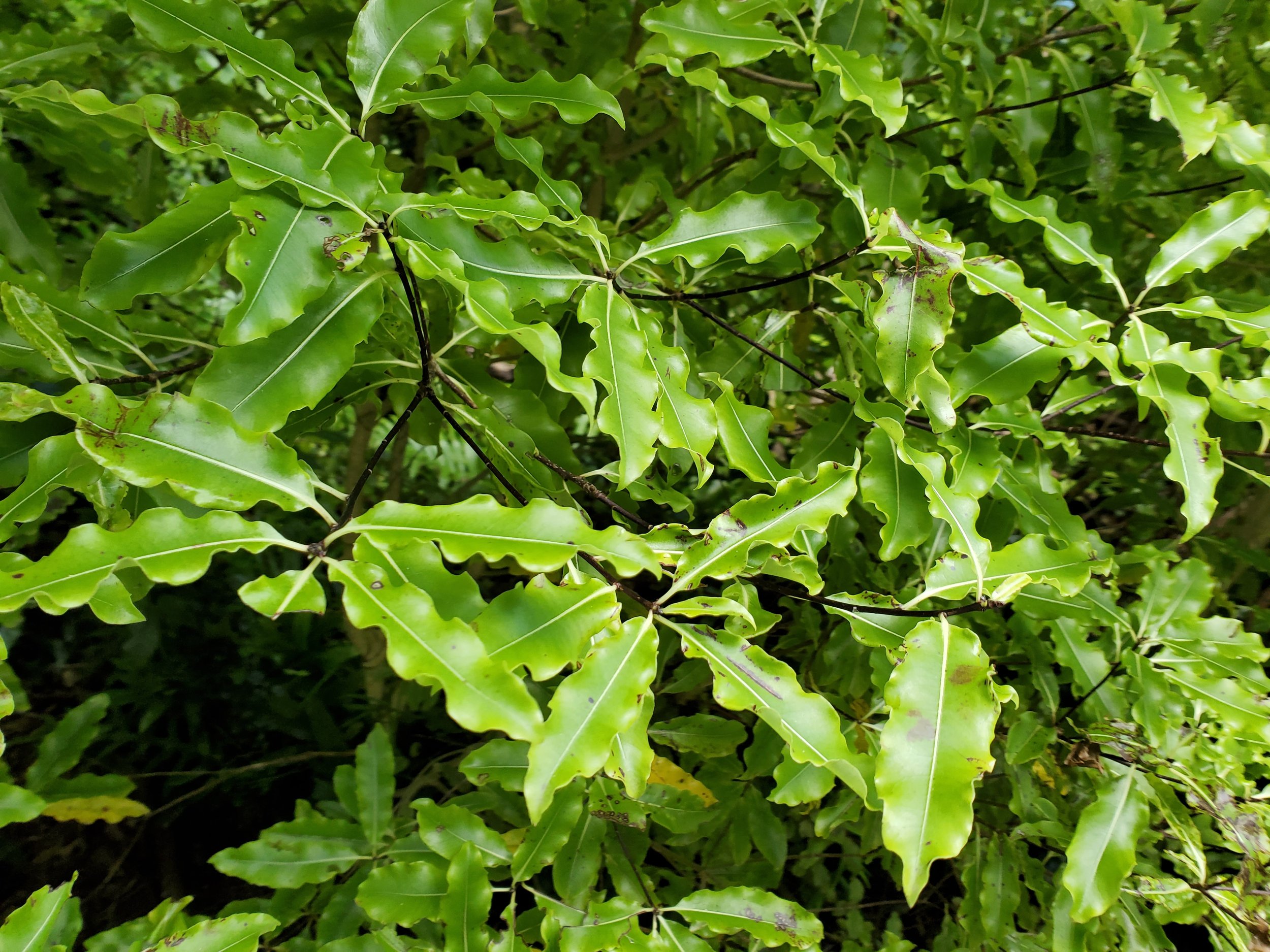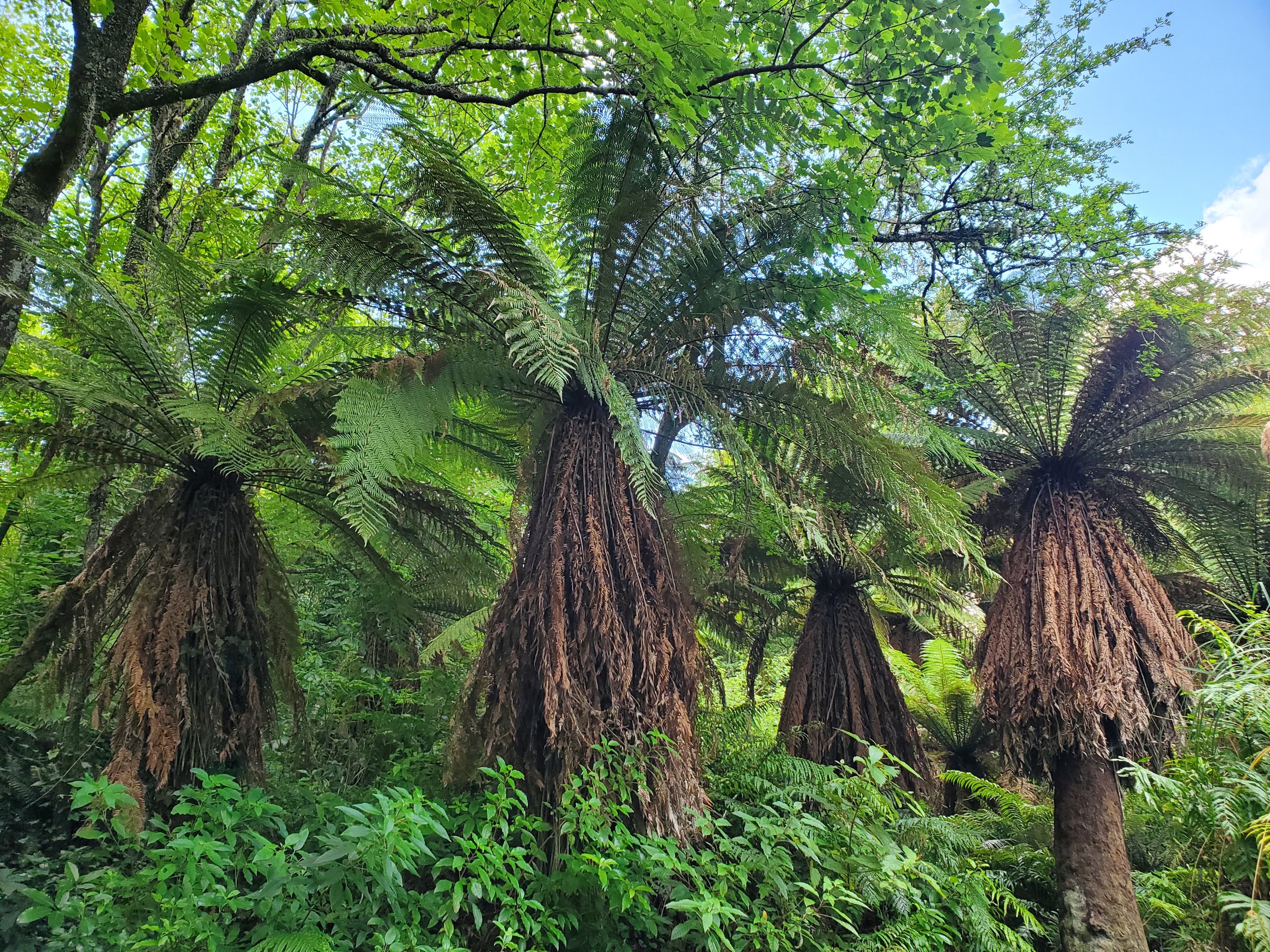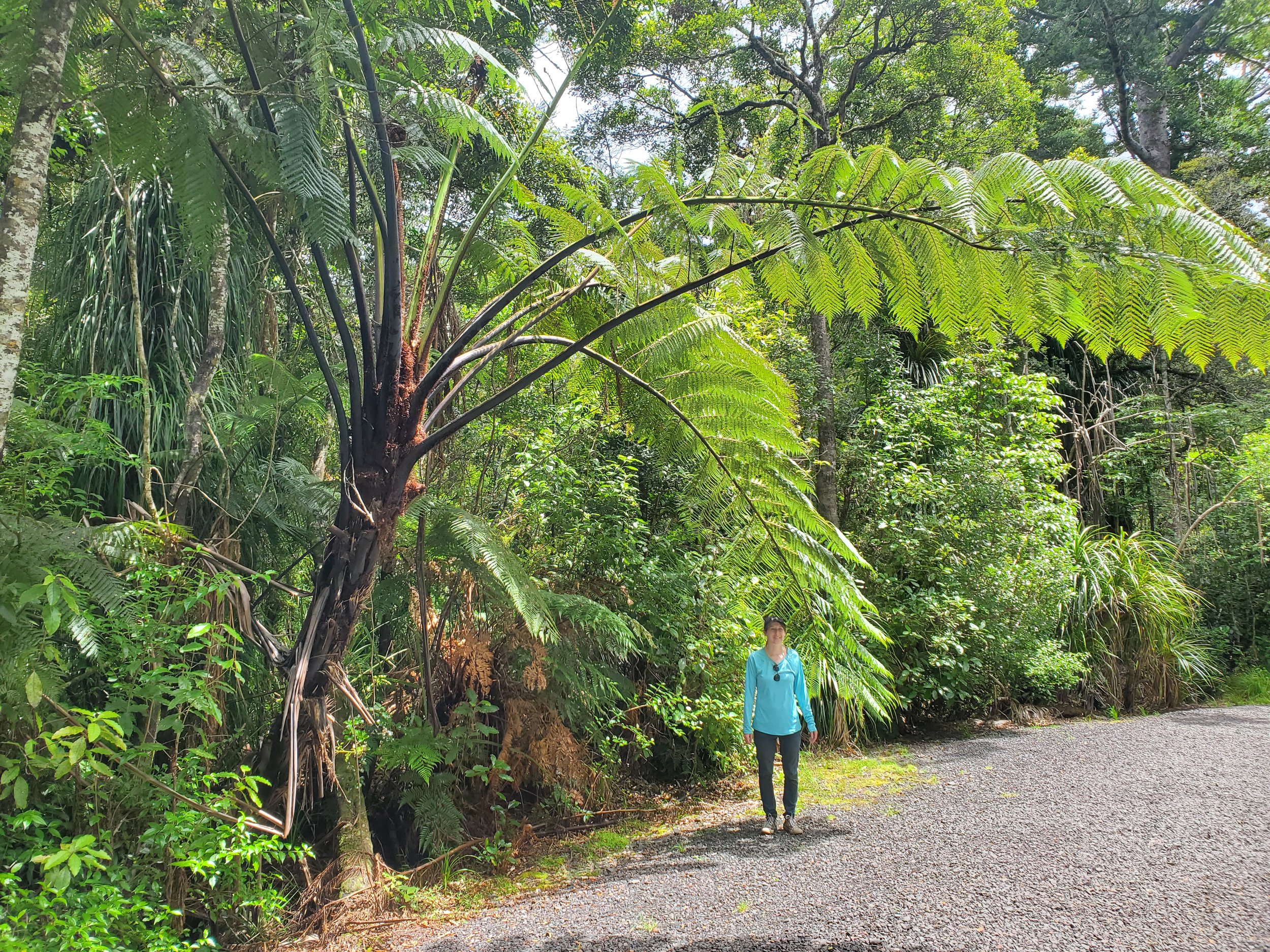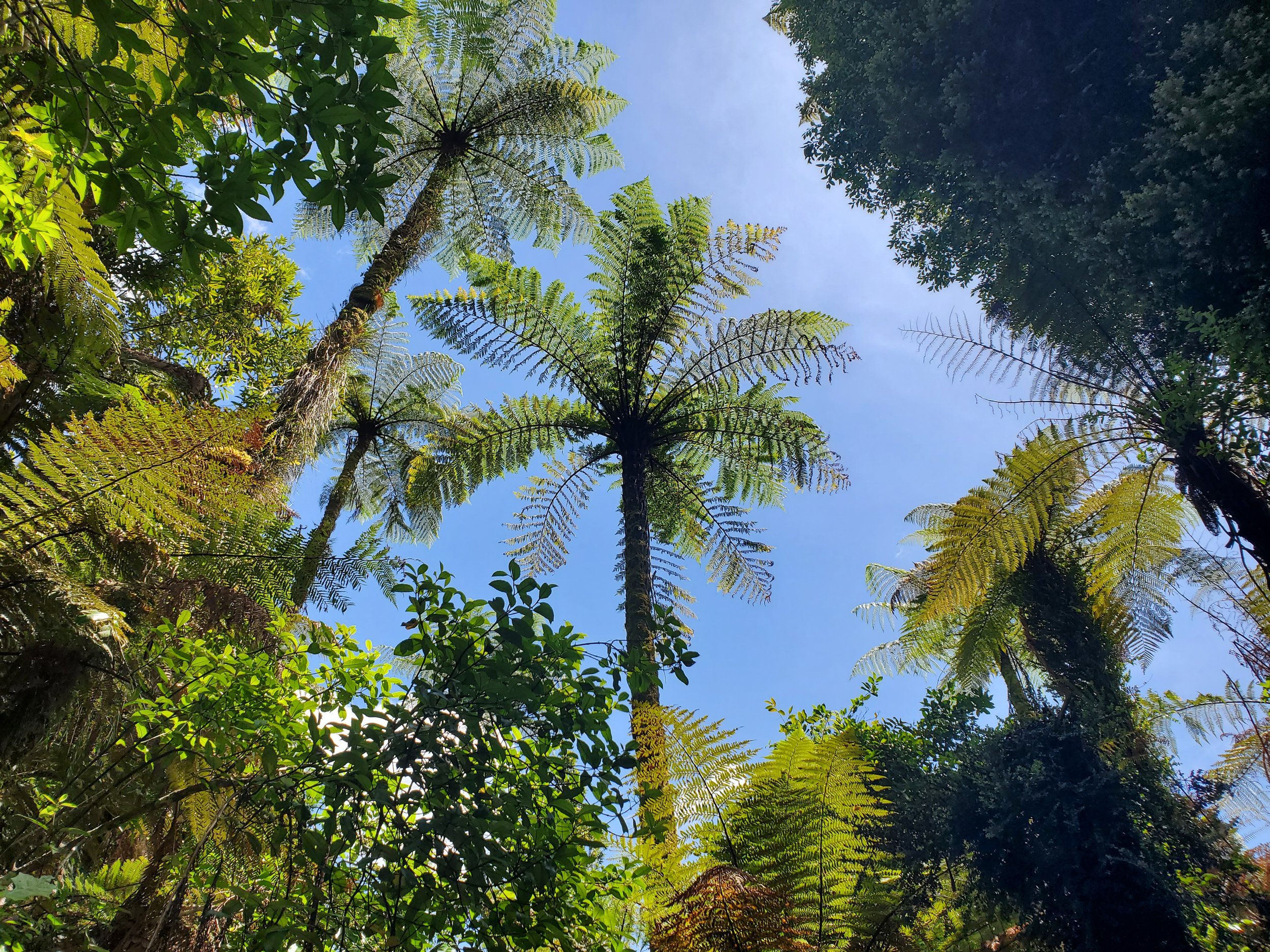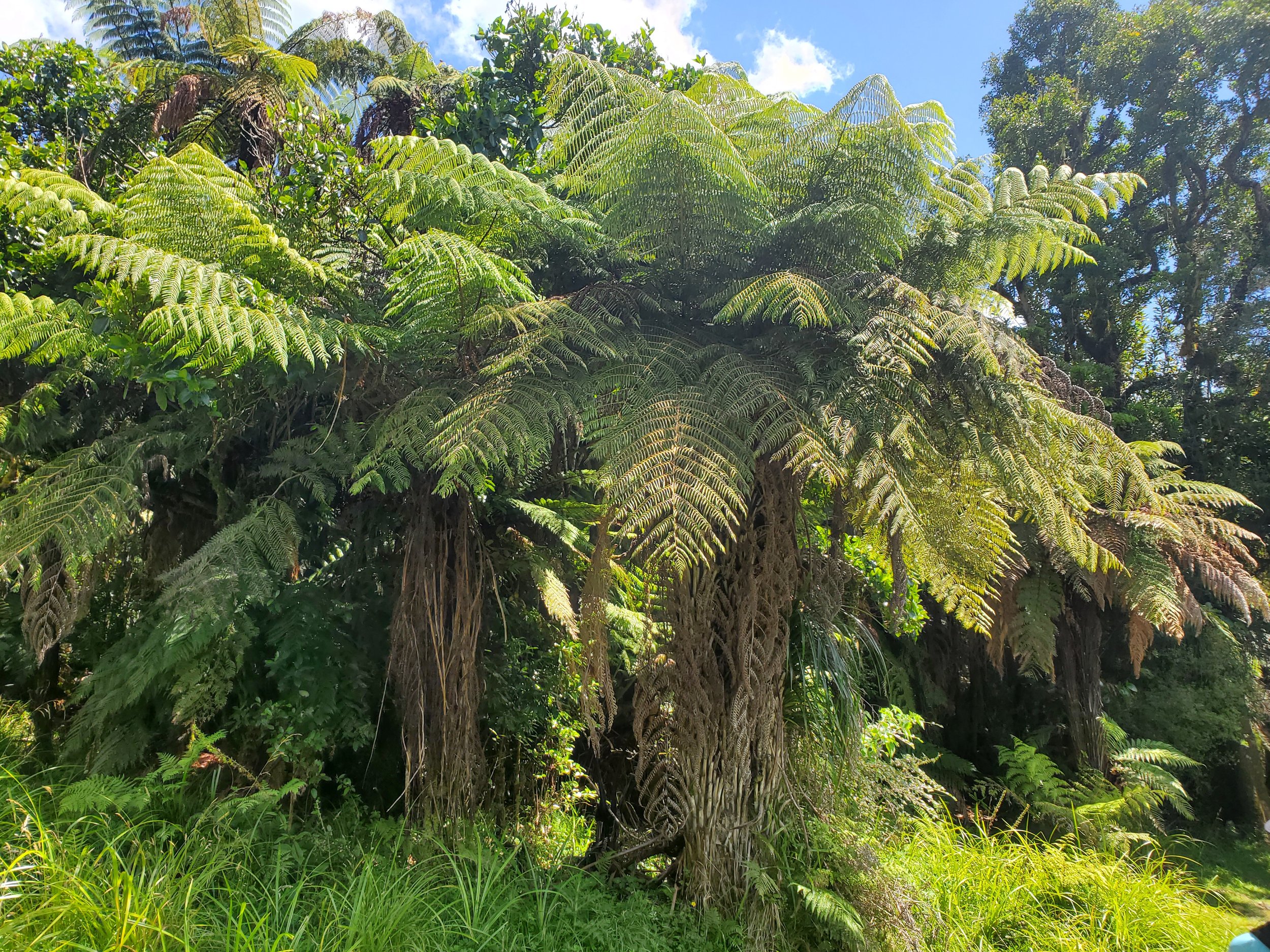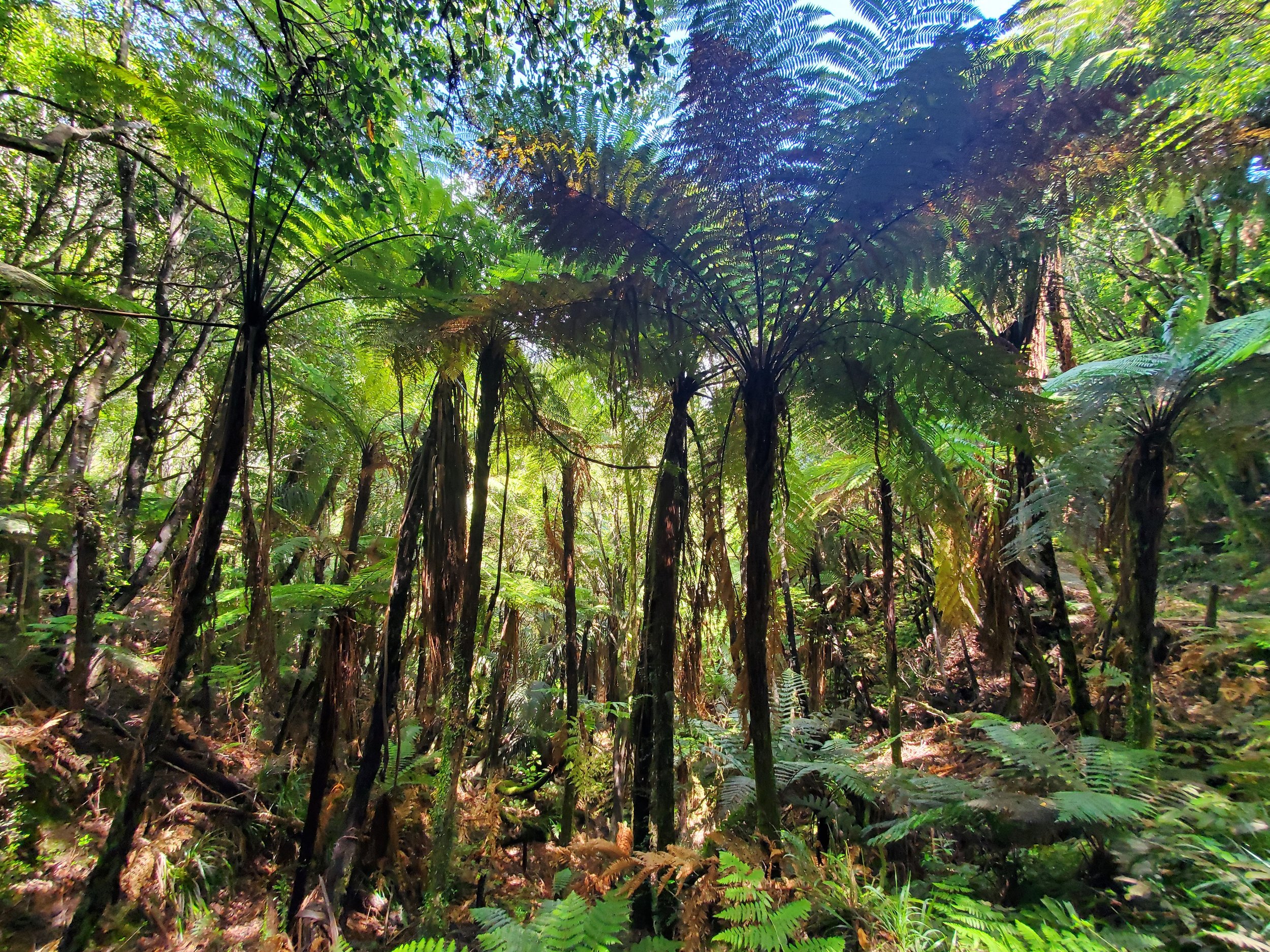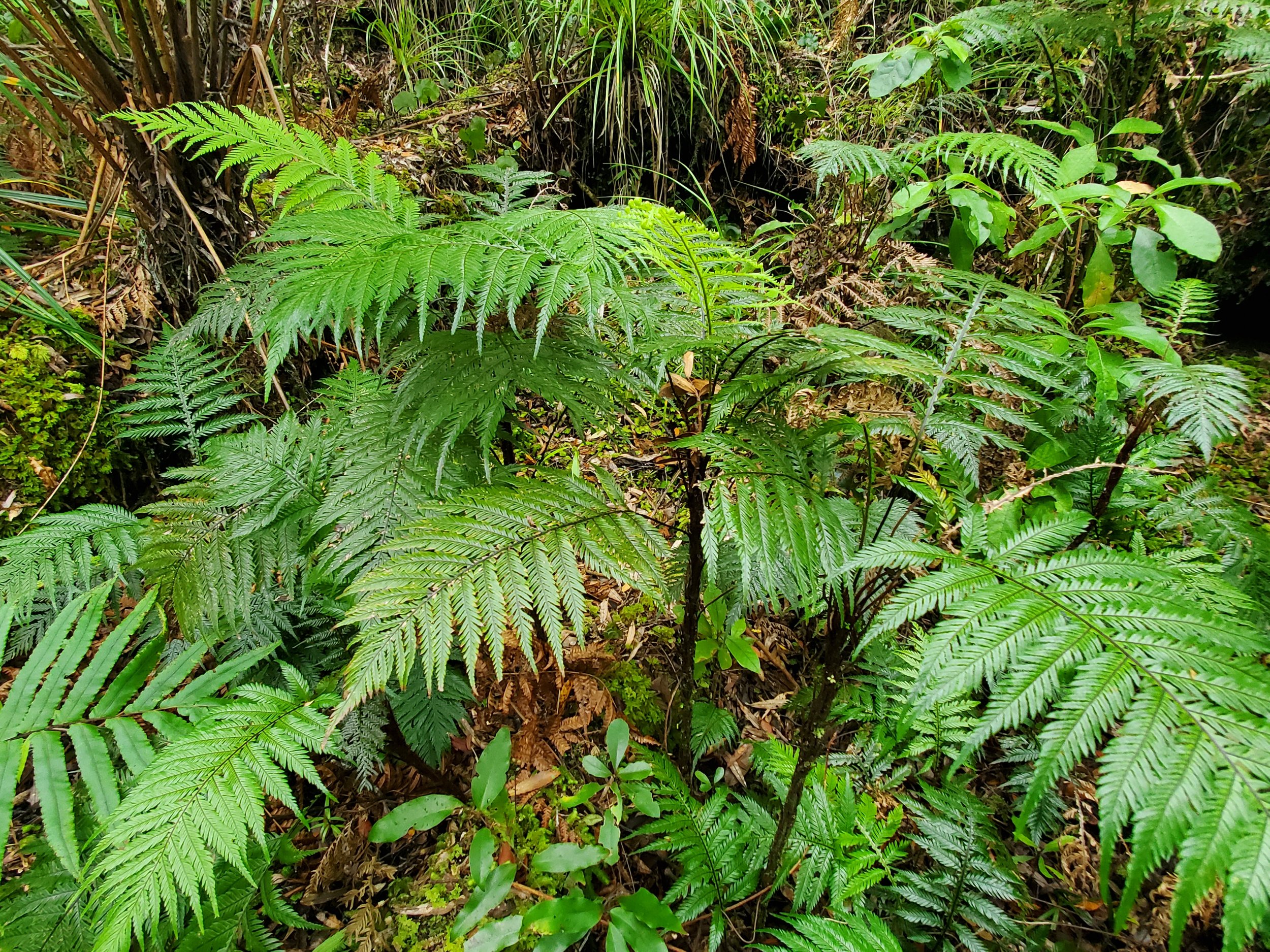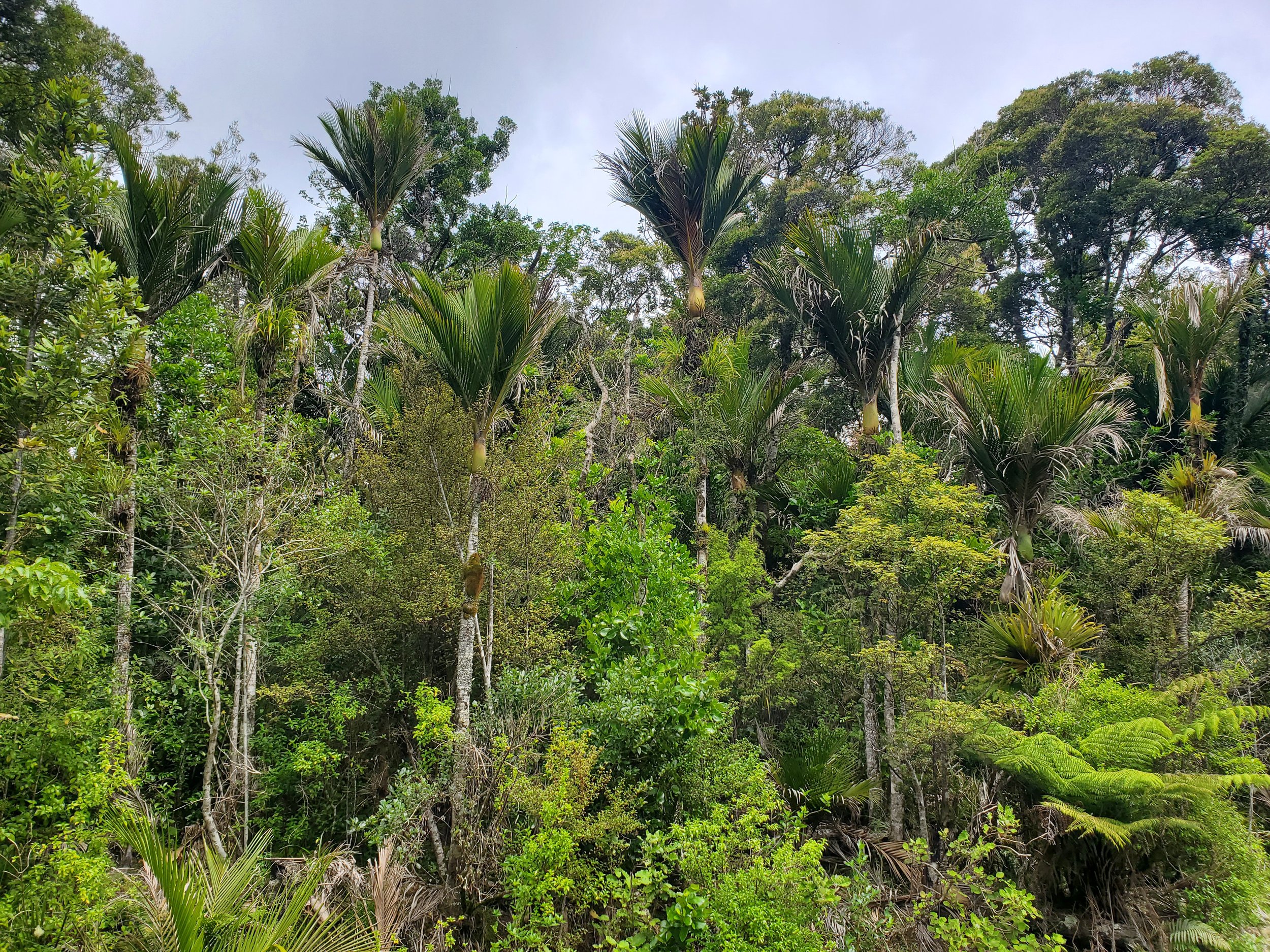Temperate Rainforests of New Zealand
We’ve recently returned from travelling throughout New Zealand and wanted to share our experience traversing the remote island nation, from a decisively botanical perspective. We were awestruck by the dramatic landscapes and otherworldly ecosystems that dotted the North and South islands, varying from dense temperate rainforests to vast tussock grasslands to rugged alpine scree. It would be silly to think we could cover the entirety of the flora of New Zealand in a series of blog posts, but at a minimum we’d like to highlight some of the notable experiences from our 2023 excursion.
New Zealand Flora at a Glance
The flora and fauna of New Zealand are unique in that they are rich in endemic species that can’t be found anywhere else in the world. Separation from other large landmasses over many millions of years has allowed the wildlife of New Zealand to evolve in isolation. To make a long story short, the islands of New Zealand were once part of a supercontinent known as Gondwana which included what is now New Zealand, Australia, South America, Africa, Antarctica, and India. From this perspective, there are many plant families from these modern regions that share common ancestry that are often called Gondwanan, or more broadly the Antarctic Floristic Kingdom. This is important context in that many of these ancient plant lineages have lost their global diversity and now are represented by so-called ‘relict taxon’ that have no few or no close living relatives. One great example of this phenomena is the family Asteliaceae, containing a total of 38 species in 3 genera, which can only be found in New Zealand, Australia, some Pacific Islands and the southern tip of South America.
Future houseplant?
Astelia hastatum, known locally as kahakaha or abroad as Perching Lily, grows as an epiphyte (air plant) in the trees of humid rainforests.
Temperate Rainforests
Temperate rainforests can be found in several regions around the world, characterized by high rainfall, cool and moderate climates, diverse canopies and vibrant understories of mosses, ferns, and shrubs. New Zealand’s temperate rainforests mostly lie in the western half of the islands where the westerly winds provide copious precipitation that often struggles to cross the mountains of the interior. There are different ecosystems within the rainforests of the country; some are mixed broadleaf and others coniferous, although uniquely they are all predominantly evergreen. Despite having cool winters that occasionally experience freezing temperatures in the lowlands, very few species native to New Zealand are winter deciduous.
Distant Cousins
Aristotelia serrata, the New Zealand Wineberry or makomako, is a deciduous species closely related to the Chilean Wineberry, Aristotelia chilensis.
The World’s Largest Fuchsia
Fuchsia excorticata, the Tree Fuchsia or kōtukutuku is one of New Zealand’s few winter deciduous trees. There are three native species of Fuchsia and the rest from the americas.
Like most rainforests found around the world, New Zealand’s temperate rainforests have a canopy ecosystem. High up in the tops of trees, vines and epiphytes grow within the foliage above the forest floor. There are many unique vining plants that are adapted to life in the canopy including the unusual Kiekie plant, Freycinetia banskii. This durable evergreen vine, most closely related to the tropical screwpines (Pandanus), has evolved as a semi-epiphytic vine well-adapted to the cool, shady, and humid canopy. Unlike their tropical cousins which produce large seeds, Kiekie produces thousands of incredibly small seeds that often germinate in leaf litter caught in the crooks of trees high in the air.
An Unfamiliar Fruiting Vine
Freycinetia banksii, or Kiekie, is a Pandanus relative that grows as a climbing vine in the understory of temperate rainforests in New Zealand.
While there is a wide variety of epiphytes that can be found in the canopies, the most curious plants to us have been the woody hemiepiphytes. A cultural icon of New Zealand is the Christmas Tree, or pōhutukawa, Metrosideros excelsa, which is a common street tree that is adorned in fluffy, scarlet flowers beginning in late December. What’s less well-known are the other Metrosideros species (known as rātā ) native to the country, all of which are generally hemiepiphytic. These plants begin their lives as a seedling in the canopy, eventually reaching the ground through aerial roots, much the way strangler figs in the genus Ficus grow in other parts of the world.
A curious collection of forest vines are the “Bush Lawyers”, Rubus subgenus Micranthobatus. Purportedly, these plants earned this unusual name because once their thorns become attached to you they will not let go until they’ve drawn blood. This subgenus of evergreen brambles consists of five species that can only be found in New Zealand. While these are formidably spiny plants, some breeding work has already created varieties that are becoming popular in gardens within the country. Rubus x barkeri is a naturally occurring hybrid that was identified in the wild and which makes a fine groundcover that is apparently sterile.
The canopies of New Zealand’s temperate rainforests can arise from a number of tree species, but none of them as magnificent as the Southern Kauri, Agathis australis. The Southern Kauri is a truly breathtaking species, touted as the world’s second largest tree species by volume, usurped only by the Giant Sequoia (Sequoiadendron giganteum). While there are several species of Agathis found throughout Oceania today, all have narrow native regions and have been extensively exploited for logging in recent history. Belonging to the Araucariaceae, the Kauri’s closest relatives outside of Agathis include the Wollemi Pine (Wollemia nobilis) and the Araucaria of Australia, New Caledonia, Chile, Argentina, and Brazil.
A Living Fossil
The Araucariaceae is one of earliest families of coniferous plants that evolved during the Triassic and Jurrasic periods some 200 million years ago.
Below the airy ecosystem of the canopy lies the understory of the rainforest, which includes of a variety of woodland shrubs. One of the more widespread endemic understory plants is kawakawa, Piper excelsum, which is a Black Pepper relative often used culinarily in herbal teas. Unlike Black Pepper, kawakawa has a hot flavor that isn’t piquant, and so is often paired with complimentary flavors like ginger and galangal. While you’re in the woods, make sure to grab some tarata leaves (Pittosporum eugenioides) if you like your tea with a lemony aroma.
In the gullies and clearings of New Zealand’s rainforests lie a diverse assortment of ferns, including the so-called ‘tree ferns’ which are known for their arborescent trunks. While tree ferns aren’t unique to New Zealand, the country boasts a large number of species that vary dramatically in appearance and texture. Perhaps the mostly distinct and well-known tree fern is the Silver Fern, Alsophila dealbata, known locally as ponga, characterized by the silver-white undersides of it fronds.
Finally, our last highlight from the rainforests is the southernmost palm tree species in the world, Rhopalostylis sapida. The Nikau Palm, or simply nīkau, is New Zealand’s only native palm tree species, although there is a second species, Rhopalostylis baueri found on nearby islands. A unique form, Rhopalostylis baueri var. cheesemanii, can only be found on the Kermadec Islands and is purported to be larger in stature. Nīkau is a truly distinct palm that can seemingly tolerate quite a bit of shade in the forest, although seems to occur more commonly in exposed ravines.





